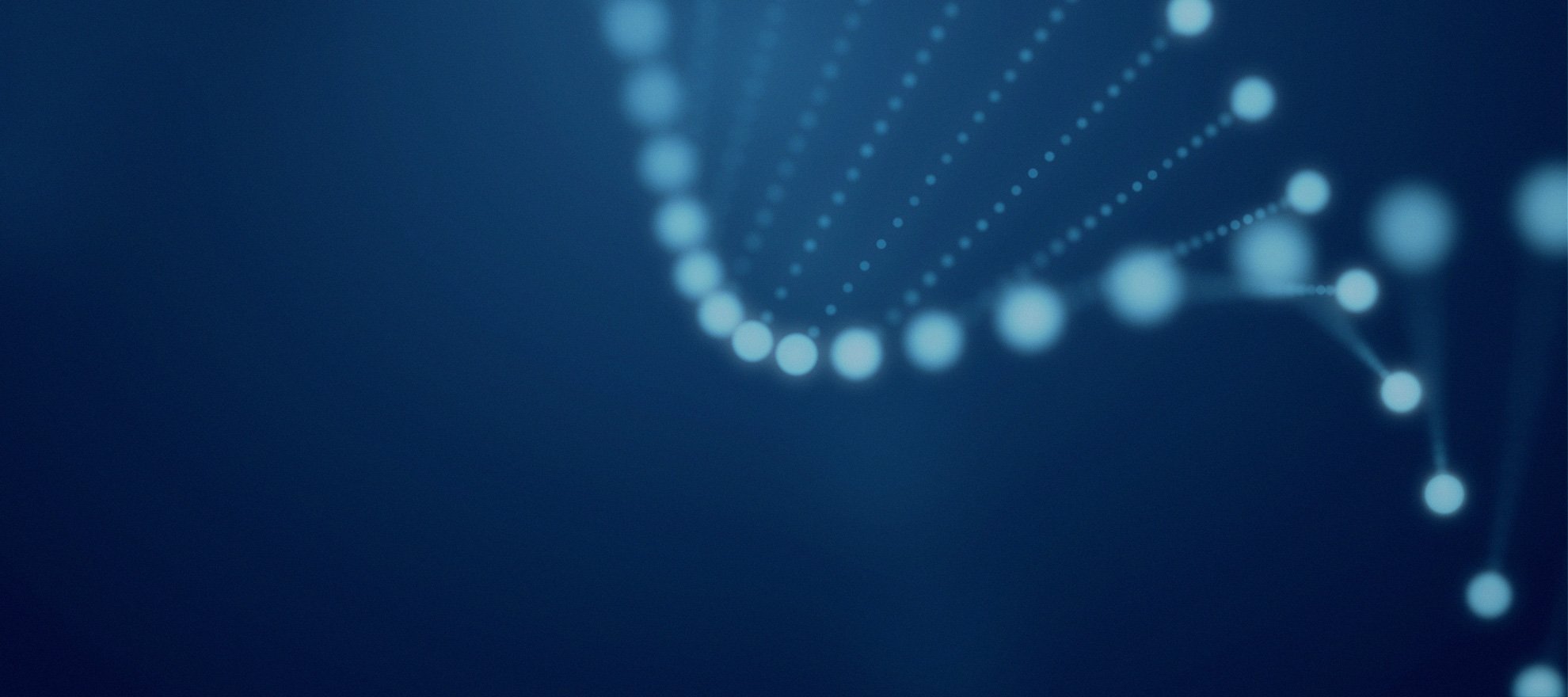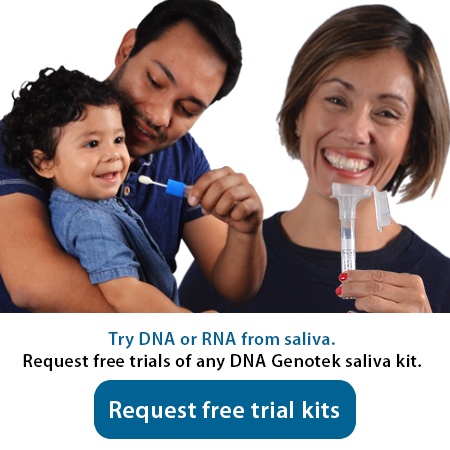2020-08-20
The amount of DNA yielded from oral samples can be variable since the amount of DNA collected highly depends on the donor’s biology. Total DNA yield from a saliva, sponge or swab sample can vary due to intra- and inter-donor variability. Therefore, it is important to select the right device when choosing your sample collection method, especially when it comes to donor populations that might have challenges with collection. So, what is the right device? To answer this question, you should consider three (3) main factors: the patient cohort, the ability of the device to collect an adequate amount of sample (from a diverse group of donors), and the quality of the sample to ensure performance on your downstream application.
What type of oral collection method should I use for my study?
There are numerous collection methods out there for collecting saliva and/or buccal cell samples. Many scientific papers have done comparison studies of different types of collection methods.
For example, Ang JS et al. (2019), compared the yield and quality of isolated DNA from dry-flocked buccal swabs (Puritan PurFlock®) and sponge-tipped swabs with stabilizing solution (ORAcollect·Dx+). They found ORAcollect had a significantly higher DNA yield (mean 1.91 ± 1.44 μg) than the dry-flocked swabs (0.26 ± 0.34 μg). They also compared genotyping call rates and found ORAcollect to have a significantly overall higher genotyping call rate (97%) compared to dry-flocked swabs (54%).
DNA Genotek also conducted an internal study comparing ORAcollect•DNA (OCR-100) to dry buccal swabs. The mean DNA yield was significantly higher for ORAcollect·DNA samples (4.07 µg) as compared to buccal swabs (0.87 µg), with 95% of ORAcollect•DNA samples yielding more than 1.1 µg. The DNA collected from ORAcollect•DNA samples was also of a higher purity and integrity as compared to buccal swabs.
From this data we can conclude that ORAcollect collects a better quality sample with higher DNA yields than dry swabs, but what if you need to collect DNA from a cohort of donors who have difficulty producing saliva, such as infants? Will ORAcollect meet your performance criteria?
Collecting from newborn infants

Infant mouths are often dry and dehydrated. Many researchers default to using finger-prick blood collection -- which is invasive and painful for infants. [1] This may be unnecessary as you can, in fact, collect enough DNA from infants using non-invasive tools like ORAcollect to perform even the most robust downstream analysis, such as next generation sequencing (NGS).
Collecting saliva samples from newborns – a case study
A study called MITO-FIND (Mitochondrial Functional and Integrative Next Generation Diagnostics) was started in 2014 by Dr. Aneal Khan, Professor of Medical Genetics and Pediatrics at the University of Calgary. The goal of this study was to use NGS to provide early diagnosis for mitochondria disease. Dr. Khan’s team wanted to improve the donor experience by providing a non-invasive collection method for fragile patients – such as infants – for their genetic screening. They turned to ORAcollect. Last year, I spoke with the lab’s manager Marina Kerr for our blog featuring their MITO-FIND project. I asked about her experience with collecting mitochondrial DNA samples from newborn infants using ORAcollect and she explained how they were able to obtain enough DNA to run whole exome and even whole genome sequencing.[1]
“Babies mouths are often dry and dehydrated, and obtaining DNA through a needle poke is distressing as everyone knows. Thus blood and whole saliva samples were not practical. With the older method of using a cytobrush, we would get high bacterial contamination, frequently failing to produce adequate sequencing results. The quality of DNA and ease-of-use of ORAcollect has resulted in using these products as our preferred method of DNA collection. With samples collected in under 30 seconds, we obtain at least 40 ng of DNA per sponge sample which we found suitable to run not only an exome, but a full genome which includes both the nuclear and mitochondrial DNA in one test.” – Marina Kerr, MITO-FIND.
Whole genome sequencing from newborn saliva samples
In another study, Clark et al. (2018), wanted to provide a tool for early diagnosis of genetic disorders in newborns. They argued that whole genome sequencing (WGS) should be considered as the first-line genomic test to diagnose infants suspected of having genetic disorders compared to the traditional chromosomal microarray (CMA), and proved that WGS was more effective. [2]
In order for WGS to enable timely high-quality results, it must also rely on important factors such as reliable and high-quality sample input. Saliva or oral swab collection for DNA has obvious benefits over blood, such as improving donor compliance due to non-invasive collection, but has also been proven to be equivalent to blood for downstream analysis, including WGS as reported in many posters and publications. [3] [4] [5]
“Oral swab collection [ORAcollect] should be considered a viable non-invasive alternative to blood collection for use in genomic testing.” The Impact of Bacterial DNA Contamination in Oral Swabs on Whole Genome Sequencing, presented by GenomeONE at ACMG 2017.[5]
Can you obtain enough DNA from infant saliva using ORAcollect?
Difficult to collect from donors, infants for example, present challenges when it comes to sample collection. However, with the right tool, you can see how these challenges are overcome, as exemplified by the MITO-FIND study and Clark et al., and how there is no need to sacrifice sample quality or performance while offering the patient a non-invasive, pain free collection using the ORAcollect collection device.
If you are interested in free ORAcollect trial kits of for evaluation purposes, you can click on the button below to request free samples or email us at info@dnagenotek.com for more information.
Related Blogs
Is whole genome sequencing the new first-line test for children with genetic diseases?
How confident are you in your oral DNA sample?
Advantages of using targeted exome sequencing for high throughput labs
+ORAcollect®•Dx has been FDA cleared for in vitro diagnostic use in the U.S.A. with the eSensor® Warfarin sensitivity Saliva Test.
ORAcollect for pediatrics (OC-175) is for research use only
References
[2] https://www.nature.com/articles/s41525-018-0053-8
[3] Rakocevic et al. Systematic multi-sample analysis of the effect of sample type (blood vs saliva) on variant calling confidence for WGS. MK-00360 Issue 1/2014-04.
[4] Rajanayagam S et al. PGP-UK: a Research and Citizen Hybrid Project in Support of Personlized Medicine. bioRxiv. (2018).
[5] Dinger M et al. The Impact of Bacterial DNA Contamination in Oral Swabs on Whole Genome Sequencing. GenomeOne. (2017).


